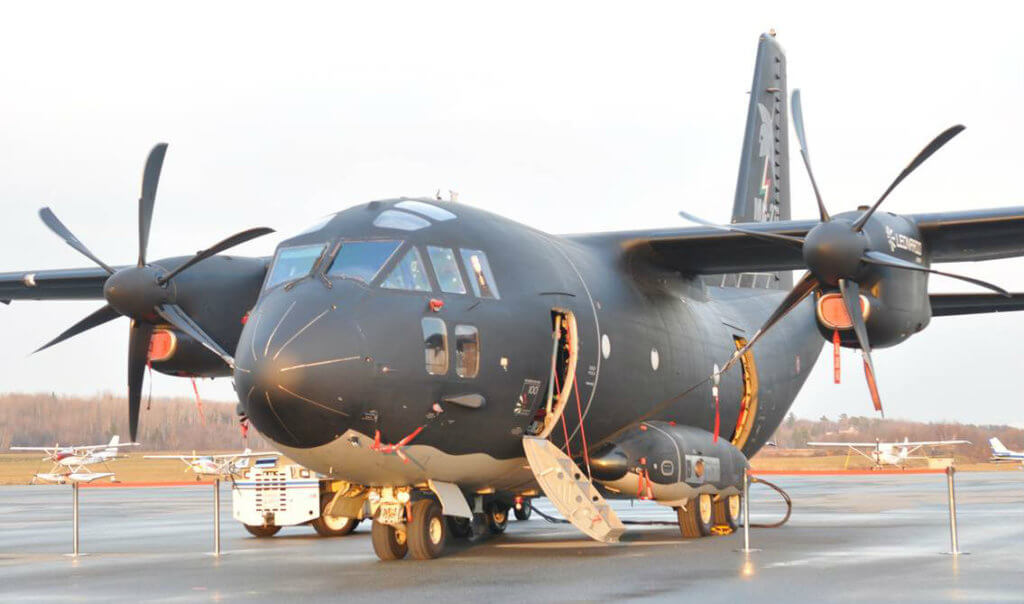Estimated reading time 3 minutes, 29 seconds.
The government’s decision to award a $2.4-billion contract to Airbus Defence & Space for 16 new C295W fixed-wing search and rescue (FWSAR) aircraft is being challenged in court by Team Spartan, the group of companies which offered the C-27J Spartan.

Calling the C295W “unfit” for key elements of the Royal Canadian Air Force SAR mission, Team Spartan–led by Leonardo (formerly Alenia Aermacchi)–confirmed Feb. 23 that it had filed an application for judicial review on Jan. 6 in Federal Court.
“Team Spartan’s main allegation is that the selected airplane is unfit to safely perform certain key search and rescue tasks and missions required by Canada and should have been, therefore, disqualified,” it explained in its statement.
It has asked the court to cancel Public Services & Procurement Canada’s contract with Airbus and award it instead to its archrival, Leonardo.
This is the latest chapter in a 13-year battle between the two companies to replace the RCAF’s remaining six de Havilland CC-115 Buffalo turboprops, which are now 50 years old, as well as the aging H-model Lockheed Martin CC-130 Hercules. When the initial FWSAR aircraft requirements were spelled out in 2004, Airbus filed suit on the grounds they had been written with the C-27J in mind, to the exclusion of all other candidates.
In its current statement, Leonardo insists that the twin-engine C-27J turboprop is “the only aircraft in its class with the speed and range to respond to SAR incidents across Canada’s entire area of responsibility while operating from Canada’s existing base structure.”
It also chose to highlight the C-27J’s maneuverability, short takeoff and landing capabilities–two characteristics it shares with the C295W–as well as the fact that it has a larger-volume cabin than the C-295W, a design element which has earned it the nickname “Baby Herc.”
When the Federal Court will issue a ruling is unknown. However, among the things it will have to consider is the fact that personnel from the RCAF’s Aerospace Engineering Test Establishment in Cold Lake and the FWSAR Project Management Office flew all three aircraft competing in the competition. They are prevented from discussing their hands-on experience by “confidentiality agreements” with the original equipment manufacturers as well as what a Department of National Defence spokesman described as “the integrity” of the FWSAR evaluation process.









Seen on the news that the Defence Minister stated that the choice has been made on the basis of the jobs in return to canadian industry, that can be also interpreted as the level of Canadian content in the aircraft.
Any selected bidder will have to provide 100% ITB, therefore also Leonardo was ready to provide that level of industrial return. It doesn’t matter what portion of this ITB is related to the aircraft or not, the total return has to be 100% anyway.
The tender was issued with evaluation based mainly on performances and price. If the choice has been made on the basis of additional job creation or different considerations, it is out of the tender evaluation crtiteria given to the bidders, and should not be considered for the winner selection.
Can someone explain to me why we just don’t buy new Buffalos from Viking Air??